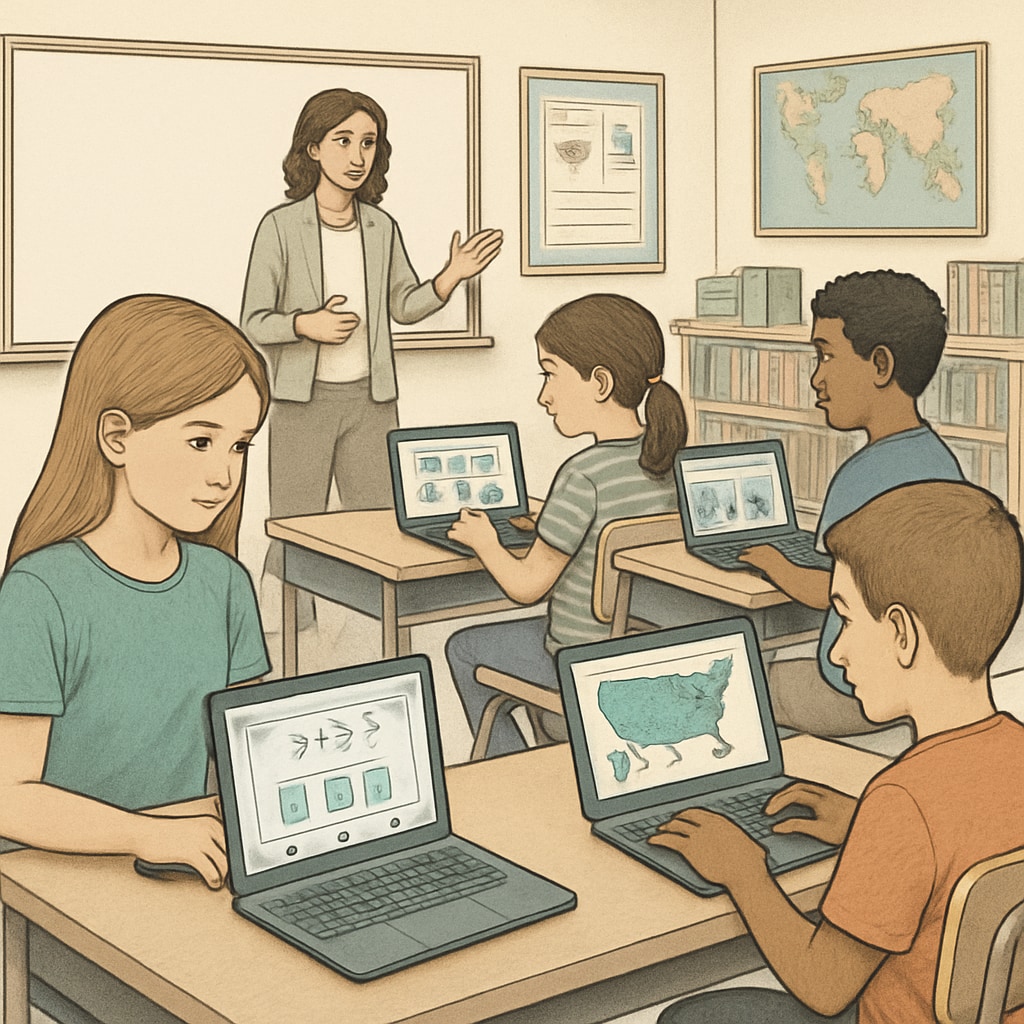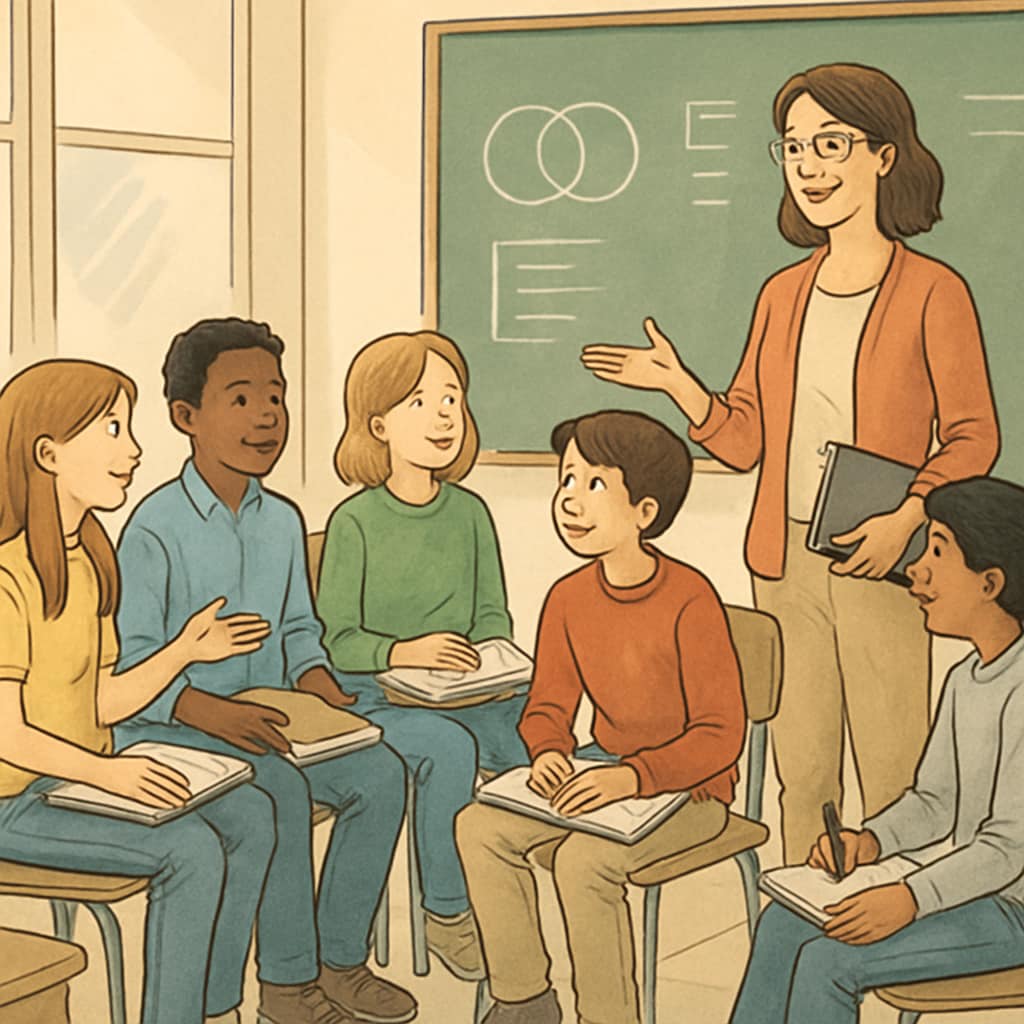The rise of education technology, including the widespread use of Chromebooks in K12 classrooms, has revolutionized how students learn and teachers instruct. While these tools have undeniably enhanced efficiency and accessibility in education, they also bring a critical challenge: the potential trade-off between technological convenience and the development of students’ critical thinking skills. This article delves into the complex relationship between education technology and cognitive skill-building, advocating for a balanced approach to digital learning.
The Advantages of Education Technology in Modern Classrooms
Education technology has made significant strides in improving classroom efficiency. Tools like Chromebooks allow students to access a wealth of information, collaborate seamlessly, and personalize their learning experiences. For teachers, these technologies simplify administrative tasks and enable data-driven decision-making to support diverse learner needs.
Key benefits of EdTech include:
- Instant access to vast online resources and multimedia content.
- Interactive platforms that adapt to individual learning styles.
- Streamlined communication and collaboration between teachers, students, and parents.
- Automated grading and performance tracking for real-time feedback.
These advantages have led to increased engagement and improved outcomes in many classrooms worldwide. According to Edutopia, technology integration fosters innovative teaching methods and makes learning more accessible than ever before.

The Hidden Costs: Critical Thinking in the Age of Chromebooks
However, with the benefits of EdTech come potential downsides, particularly in the development of higher-order thinking skills like critical thinking. These skills—defined as the ability to analyze, evaluate, and synthesize information—are essential for problem-solving and decision-making in the real world.
Critics argue that the heavy reliance on digital tools can inadvertently undermine these skills. For example:
- Pre-packaged solutions may discourage independent problem-solving.
- Instant access to answers reduces the need for deep research and inquiry.
- The “gamification” of learning can prioritize fast results over thoughtful analysis.
Furthermore, overuse of technology risks creating passive learners who consume content rather than actively engaging with it. As noted by Britannica, true critical thinking requires time, effort, and cognitive struggle—elements that can be overshadowed by the convenience of digital shortcuts.

Striking the Right Balance
The question, then, is not whether to use education technology but how to use it responsibly. Striking the right balance involves integrating digital tools while preserving opportunities for deep, reflective learning. Here are some strategies educators can adopt:
- Encourage Blended Learning: Combine technology-driven activities with traditional methods like debates, group discussions, and hands-on projects.
- Foster Inquiry-Based Learning: Prompt students to ask questions, conduct research, and present their findings, reducing dependency on instant answers.
- Limit Screen Time: Set boundaries for technology use to ensure students engage in offline cognitive activities.
- Integrate Critical Thinking Exercises: Use case studies, problem-solving scenarios, and ethical dilemmas to challenge students’ reasoning skills.
For example, a history teacher might use Chromebooks to research primary sources but require students to analyze the material and present their insights in a class discussion. This approach leverages technology for access while prioritizing critical analysis and communication skills.
The Role of Educators and Policymakers
Educators and policymakers have a crucial role in shaping how technology is used in classrooms. Professional development programs should train teachers to use EdTech tools effectively without compromising cognitive development. Policymakers, on the other hand, must ensure that curricula incorporate both digital proficiency and critical thinking competencies.
Moreover, schools should regularly assess the impact of technology on student outcomes, not just in terms of test scores but also in fostering skills like creativity, collaboration, and ethical reasoning. By doing so, they can create a holistic learning environment where technology complements, rather than replaces, traditional educational values.
Final Thoughts
The integration of education technology, including Chromebooks, is a double-edged sword. While it enhances efficiency and engagement, it also poses risks to the development of critical thinking skills. By adopting a balanced and intentional approach, educators can harness the benefits of EdTech without compromising the cognitive growth of their students. After all, the ultimate goal of education is not just to impart knowledge but to nurture thinkers, innovators, and leaders for the future.


